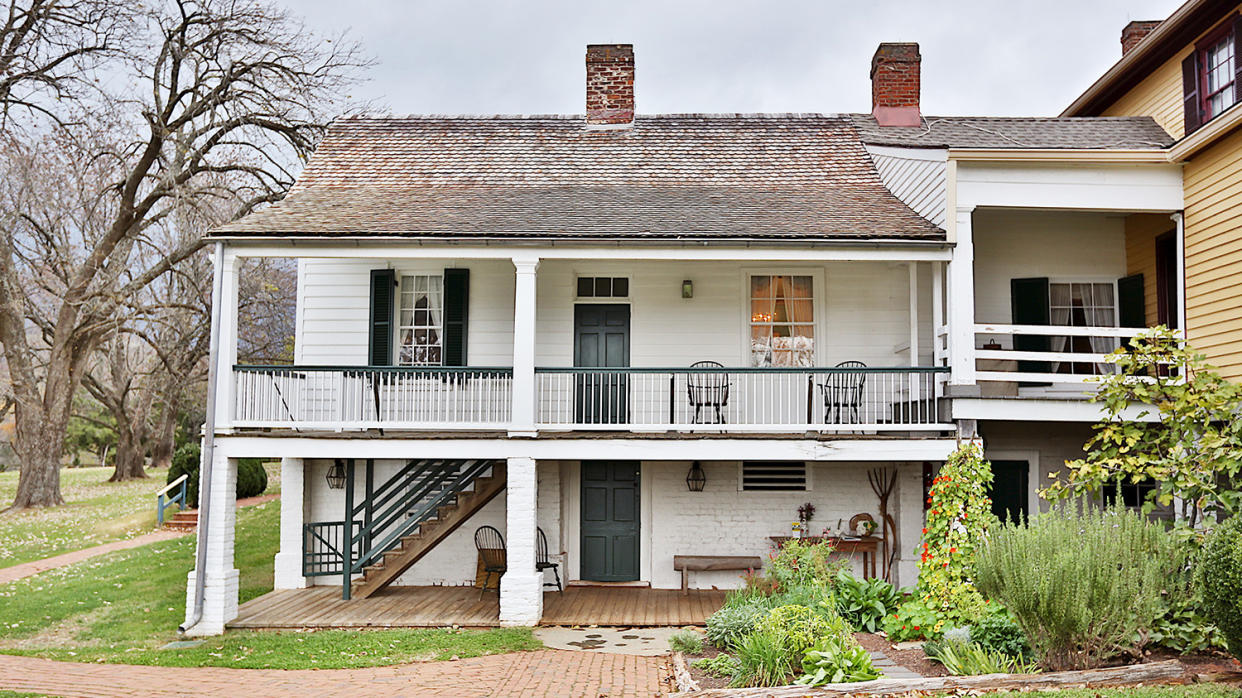The Decades-Old Mystery of U.S. President James Monroe’s Estate Solved
For decades, a mystery has swirled around the Virginia estate of James Monroe, fifth president of the good ol’ U.S. of A. Historians have long suspected the founding father didn’t really reside in the very modest home shown off to visitors.
As it turns out, they were right.
Officials at Highland, the estate in Charlottesville where Monroe lived with his wife from 1799 to 1823, recently announced that they had discovered the foundation of a mansion on the property, according to The New York Times. That structure appears to have burned down after the couple sold the property.
It is now believed that the currently standing house, of which only the top level was a residence, served as a guest cottage. Its lower floor was used for storage and preparations by servants.
“One’s home is an expression of one’s personal and professional ambition,” says Sara Bon-Harper, executive director of Highland. “We can now imagine Monroe as a lot more ambitious.”
Monroe’s alma mater, The College of William and Mary, inherited the estate in 1974 and began offering tours to visitors a year later.
History buffs had long believed that the cottage was just one wing of Monroe’s larger residence, Bon-Harper told realtor.com®. Insurance documents from the time showed the house had two wings.
So in May 2014, excavations to learn more began on the property. When architectural debris from the foundation was found that winter, the search kicked into overdrive. By April 2015, researchers had unearthed the foundation of the two-wing mansion. But announcement of the discovery was postponed, estate officials say, until more thorough research could be completed.
The foundation, measuring 74 feet by 30 feet, appears to have been part of a one-story home with portions of a cellar under the residence. It also had a finished garret on top that could have been used as living quarters.
“The house that we have [discovered] may not have been grand,” Bon-Harper says. “But it was certainly much bigger.”
To figure out when the cottage was built, the estate brought in dendrochronologist Michael Worthington, who measures time by examining the width of tree rings. By studying wood samples taken from the structure, he learned that it had gone up too late to have been the main residence. Mystery solved!
“History is all about getting stories,” Worthington, of the Oxford Tree-Ring Laboratory in Baltimore, tells realtor.com excitedly. “The history’s there, but we’ve been interpreting it wrong up to the is point.”
Now, he says, “we’re refinding the story.”
The post The Decades-Old Mystery of U.S. President James Monroe’s Estate Solved appeared first on Real Estate News and Advice - realtor.com.
Related Articles



